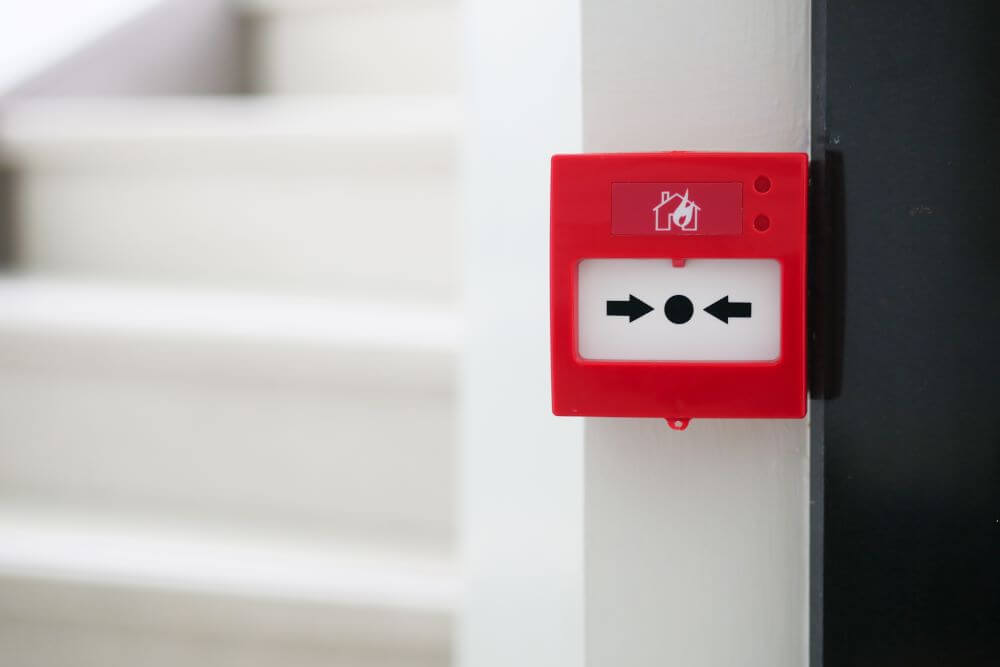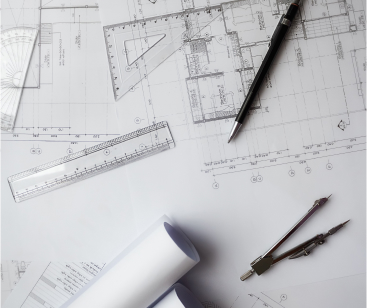Fire alarm systems play a crucial role in detecting and alerting occupants to potential fire situations in both commercial and residential buildings. The specifications for detection, visual signals, and audible alerts in a fire alarm system are determined by the specific layout and building’s purpose. The diverse nature of these applications has led to the development of specialised fire alarm panels and associated accessories.

1. Types of Systems
Fire alarm systems are categorised into three main types: manual, life protection, and property protection. The choice of a specific system depends on factors such as the type of premises, the nature of operations, and the level of associated risk. These systems can be further divided into eight categories under the BS 5839 British Standard:
- Manual System (Category M): Relies on building occupants to detect a fire and activate the alarm.
- Life Protection (Categories L1-L5): Automated systems providing varying levels of life safety, from maximum (L1) to localised (L5) protection.
- Property Protection (Categories P1 and P2): Automated systems designed to protect property by minimising fire damage.
For fire safety in home designs, selecting the right fire alarm system ensures the safety of your family and property, while meeting regulatory standards.
2. Installation Standards
Fire alarm systems in the UK must adhere to BS 5839, the code of practice for design, installation, and maintenance. This ensures that systems are reliable and effective in both detecting fires and alerting occupants. Proper placement of detectors, audible alarms, and visual signals is essential to comply with these standards and maximise safety.
For tailored fire solutions for commercial spaces, ensuring compliance with fire alarm installation standards is critical for safeguarding employees, customers, and assets.
3. Maintenance and Testing
Regular maintenance and testing of fire alarm systems are vital to ensure continued reliability. This involves routine inspections, testing alarm functions, and checking for faults in wiring or detectors. Annual certification is often required for insurance compliance and to meet local regulations.
Ensuring systems are maintained by experienced professionals guarantees optimal performance and adherence to safety standards, giving building occupants peace of mind.
Why Fire Alarm Systems Matter
Fire alarm systems are essential for protecting lives and property in both residential and commercial settings. From manual to fully automated systems, understanding the options available and adhering to installation and maintenance standards ensures safety and compliance.
Take the Next Step
Fingerprint Studios specialises in designing and implementing fire safety solutions tailored to residential and commercial projects. Ready to enhance your fire protection systems?
- Call: 02392 354 041
Let’s create interiors that breathe life into your project.




